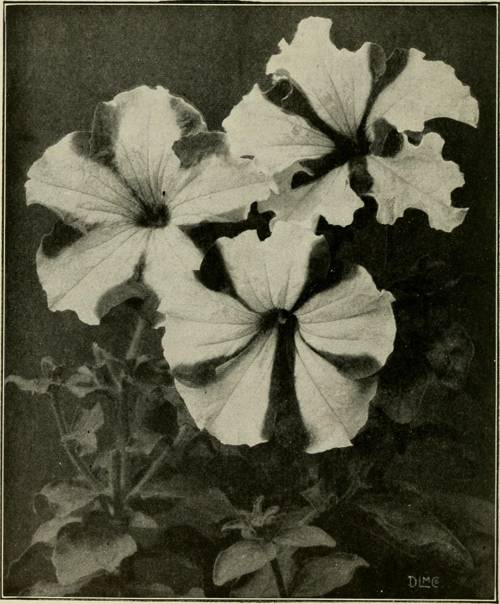
FAQ About Indoor Plant Repotting Best Practices

Why is it important to repot indoor plants?
Repotting indoor plants is essential for their health and growth. Over time, plants outgrow their containers, leading to root-bound conditions where roots are tangled and crowded. This limits access to soil, nutrients, and water. Repotting provides more space for roots to spread, improves soil quality, and enhances drainage, leading to healthier growth.

When is the best time to repot indoor plants?
The ideal time to repot indoor plants is during their active growing season, typically in spring or early summer. This timing allows plants to quickly recover from the stress of repotting and establish in their new pot. Avoid repotting during dormancy, usually in the winter, as plants are less able to handle the stress.

How do I know if my plant needs repotting?
Signs that your plant needs repotting include roots growing through the drainage holes, water sitting on the surface and not soaking in, reduced growth, yellowing leaves, and the plant becoming top-heavy. If you notice any of these signs, it's time to consider repotting your plant.

What type of pot should I choose for repotting?
Choose a pot that is 1-2 inches larger in diameter than the current pot. Ensure it has adequate drainage holes to prevent waterlogging. Materials like terracotta, ceramic, or plastic can be used depending on your aesthetic preference and the specific needs of your plant. Each material has its own pros and cons regarding aeration and moisture retention.

How should I handle root-bound plants during repotting?
To handle root-bound plants, gently remove the plant from its pot and loosen its roots by carefully detangling or pruning any circling roots. Trim back excessively long roots if necessary. This will encourage the roots to spread in the new pot and enhance nutrient absorption.

What type of soil should I use for repotting indoor plants?
Use a quality potting mix suitable for the specific type of plant you are repotting. Potting soil is different from garden soil as it provides proper drainage, aeration, and nutrient balance. Look for mixes specifically designed for your plant type, such as cacti, succulents, or orchids, to ensure optimal growth conditions.

How do I repot a plant without causing stress?
To minimize stress during repotting, water the plant a day before to make removal easier. Be gentle while handling the roots, and avoid disturbing them too much. Repot quickly and adequately water the plant afterward to help it settle in the new environment. Keep the plant in a shaded area post-repotting to recover.

How often should indoor plants be repotted?
Indoor plants typically need repotting every 1-2 years. However, the frequency can vary depending on the type of plant and its growth rate. Fast-growing plants like ferns might require repotting annually, while slower growers like cacti can be repotted less frequently.

Can I repot an indoor plant during winter?
It's generally not recommended to repot indoor plants during winter, as many are in a dormant state. Repotting during this period can stress the plant and hinder its recovery and growth. If absolutely necessary, take extra care to reduce stress and ensure post-repotting conditions are optimal.

What are some common mistakes to avoid when repotting?
Avoid common mistakes like choosing a pot that's too large, which can lead to overwatering and root rot. Ensure the new pot has drainage holes, and don't pack the soil too tightly, as that can suffocate roots. Be gentle with root handling to avoid unnecessary damage.

How can I improve drainage in plant pots?
Improve drainage in plant pots by using pots with drainage holes and adding a layer of gravel or stones at the bottom of the pot before adding soil. Use a fast-draining potting mix, especially for plants that are susceptible to root rot, like succulents or cacti.

Is it necessary to prune a plant's roots during repotting?
Pruning a plant's roots during repotting is not always necessary, but it can be beneficial if the plant is root-bound. Removing dead or damaged roots and trimming back long, entangled roots can encourage healthy growth and better root distribution in the new pot.

What should I do if my plant looks stressed after repotting?
If your plant looks stressed after repotting, ensure it's adequately watered but not overwatered, and place it in a suitable location with appropriate light levels. Avoid exposing it to direct sunlight temporarily. Sometimes, adding a diluted dose of plant food can help it recover faster.

Can I use garden soil for repotting indoor plants?
Garden soil is generally not recommended for repotting indoor plants because it doesn't drain well and can compact easily in containers, potentially leading to root rot. Use a specially formulated potting mix that offers better aeration and nutrient availability tailored for container growing.

How do I choose the right pot size when repotting?
When selecting a new pot size for repotting, choose one that is only 1-2 inches larger in diameter than the current pot. This ensures that the plant has enough room to grow without excessive soil that retains too much moisture, leading to overwatering issues.

What are the signs of overwatering after repotting?
Signs of overwatering after repotting include yellowing leaves, wilting, mushy stems, and a soggy potting mix. Overwatering can lead to root rot, which is detrimental to plant health. Ensure that your pot has proper drainage and allow the soil to dry out between waterings.

Can repotting affect flowering in plants?
Repotting can temporarily affect a plant's ability to flower as it diverts energy towards establishing roots in the new pot. Once the plant adjusts, flowering should resume. Timing repotting during the plant's dormant period can minimize disruption to its blooming cycle.

Is it okay to repot multiple plants together?
Repotting multiple plants together is generally not recommended unless they have similar growth requirements and space needs. Different plant species might compete for nutrients and water, and growing conditions may not be ideal for all types in shared pots.

How long should I wait before fertilizing after repotting?
It's best to wait about 4-6 weeks before fertilizing after repotting to allow the plant time to recover and settle into its new environment. Repotting can be stressful, and immediate fertilization might overwhelm the plant. Give it time to adjust first.

What precautions should be taken when repotting succulents?
When repotting succulents, use a well-draining soil mix and choose a pot with drainage holes to prevent waterlogging. Handle succulents carefully to avoid damaging delicate roots and leaves. After repotting, allow the plant to acclimate for a week before watering to reduce the risk of root rot.
